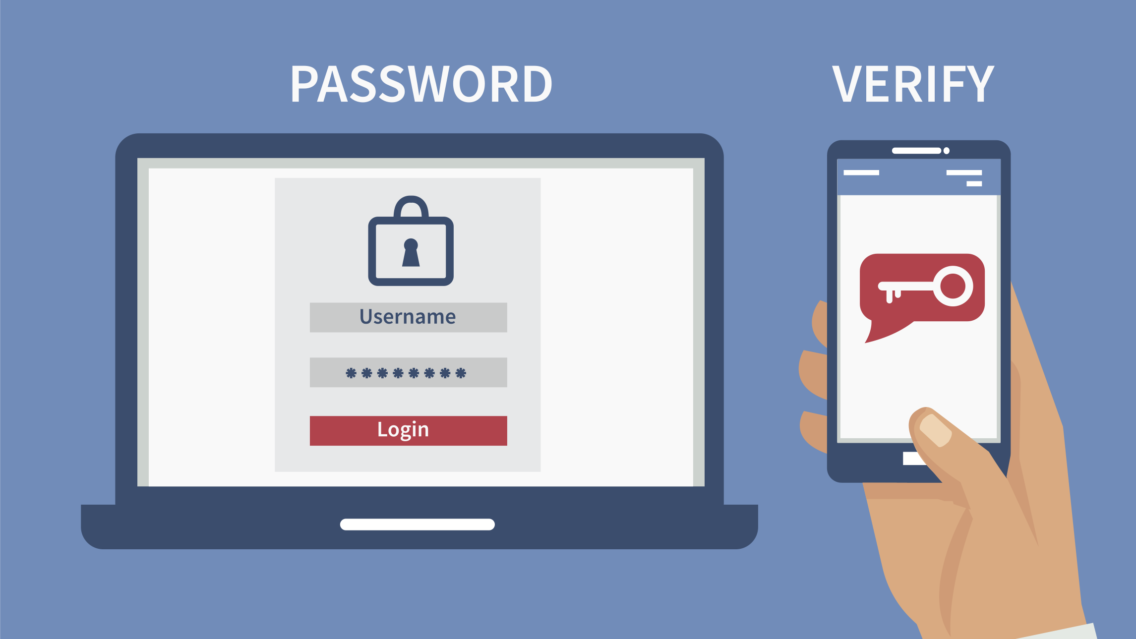What is Multi-factor Authentication (MFA)? Simply put it is a way to add another layer of security to your network, supplementing the username and password model with other factors that only the specific user has access to. But why do I need multi-factor authentication? According to ZDNET, “Microsoft cloud services are seeing 300 million fraudulent sign-in attempts every day.” There are different methods of multi-factor but each method of MFA secures your environment, the users in it, and the devices your users are using without requiring cumbersome resets. Organizations can create a better user experience by providing them with a choice of factors to choose from. Or by only requiring additional factors when necessary rather than at every sign on.
What is Multi-factor Authentication – Understanding How it Works
When choosing from Methods of Multi-Factor Authentication, it is important to look for a technology solution that streamlines the login experience for each user and easily integrates with your existing technology.
MFA leverages independent factors to grant users access to a device, application or system. Typically, MFA methods leverage at least 2 or 3 of the following categories.
- Something you know – a password or a pin
- Something you have – mobile phone with one touch confirmation or a security token
- Something you are – fingerprint or FaceID
- Something you do – typing speed, locational information etc.
Modern two-factor authentication solutions have evolved to support new, complex technology models that change how we work, including cloud computing and BYOD. This method uses a second source of validation, like a phone or token, to verify a user’s identity before granting access.
The Need for MFA
Why Do I Need Multi-Factor Authentication?
- Neutralizes the risks associated with compromised passwords.
- Adds a layer of security to the front door of your business where anti-virus systems and advanced firewalls are necessary security elements as well.
- Helps protect organizations against cyber criminals that hack users and data to transmit propaganda, spam, or malicious code.
Cybersecurity Assessments can help you identify your strengths, weakness and risks.
The Prime Methods of Multi-Factor Authentication
- Codes generated by mobile apps
- Codes sent to the user’s email address
- Answers to personal security questions
- Badges, USB devices, or other physical devices
- Soft tokens, certificates
- Risk Factors
- Fingerprint or Face ID
What to Look for When Choosing Your Multi-Factor Authentication Solution
- Flexible authentication controls
- Integrates with your existing technology
- User experience – simplicity
- API Authentication Method is fast and reliable
In a previous post “Cybersecurity Threats are Rising Amidst Covid-19 Outbreak” we spoke about how cybercriminals have evolved and are becoming more sophisticated than ever. Multi-factor Authentication adds another layer of protection to the network, enabling a security strategy that protects the company and users. MFA also reduces access complexity and boosts the flexibility for remote workers.
There is an increased need for MFA, especially with employees who are working from home, on their home networks, and not protected behind the company firewall. As the workforce evolves to more and more employees working remotely in this Covid-19 age; Multi-factor Authentication is a simple yet effective security layer to add to your business.
We can help adding layers of security through multi-factor authentication for your business. To learn more about the different technology security solutions or even a single sign on approach; please click the button below.
